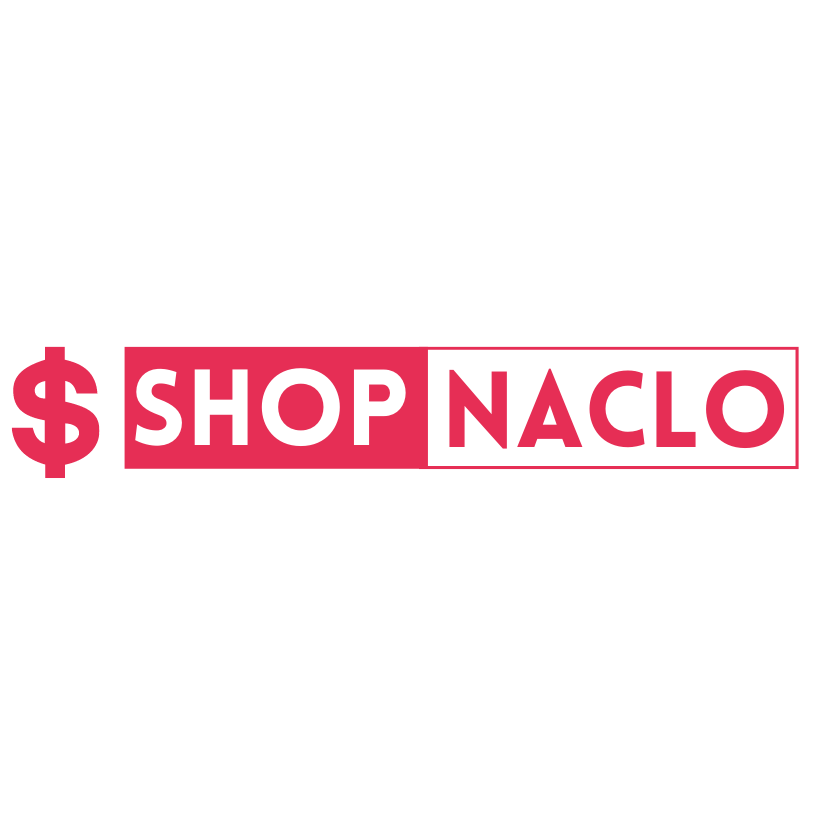You win or lose in terms of growth at checkout. In the Philippines, you face a market that has adopted digital payments while retaining traditional cash habits. That mix creates real friction: you battle trust concerns around payment security and failed transactions; you handle method mismatches when shoppers expect wallets, QR codes, or bank transfers that you don’t support; and you work through operational issues such as COD cancellations or settlement delays that make post-purchase communication harder. When you understand Filipino payment preferences, you can refine your UX, remove doubt, and convert more first-time buyers into repeat customers.
Choosing Providers for Local Payments
One decision shapes everything you do: which payment partners you use. Your provider should orchestrate local rails (QR Ph, InstaPay, PESONet), handle account-to-account and card transactions with clear fallback paths, and support cross-border flows without forcing shoppers into unfamiliar steps. You’ll find enterprise options such as Antom alongside global processors like Checkout.com and Adyen; what matters is whether the mix allows you to display the right local methods by default, keep authentication lightweight yet secure, and reconcile payouts cleanly.
What Shapes Checkout Choices and Filipino Payment Preferences
Trust and Assurance
You build confidence when you make security visible and resolution easy to access. Prominent trust badges, clear fee disclosures, plain‑language refund policies, and responsive support reduce the fear of losing money online. Add a simple status page or order-tracking view so customers feel in control after they’ve paid.
Convenience and Familiarity
Shoppers prefer methods they already use for bills and transfers. That means QR Ph, wallets, and bank apps should be first‑class. Minimize app switching, prefill account details where allowed, and keep OTP steps lean to reduce abandonment.

Social Proof and Research Behavior
Mobile drives most browsing, and you compete against short attention spans. Pull reviews near the buy button, keep images light, and ensure the final pay screen loads fast on average data speeds. Small wins—like showing delivery estimates before payment—help you convert skeptics.
Cross‑Border Habits, Local Expectations
Many customers purchase from international stores but still expect familiar local shopping experiences. Prices are in PHP, and we accept domestic rails at checkout, providing a clear view of duties and delivery windows. When you honor local expectations, you reduce the cognitive load associated with buying from abroad.
Payment Method Landscape: Digital Wallets, COD, and More
Digital Wallets
Wallets are the everyday default for many shoppers because they combine QR scanning, transfers, and rewards in one place. Make one‑tap wallet payments prominent, and store tokens for faster repeat purchases (subject to consent and regulation). When you support wallet‑to‑wallet refunds, you remove friction from customer care.
Cards and Bank Transfers
Cards still anchor subscriptions, travel, and higher-ticket orders, but account-to-account transfers are rising rapidly. Treat bank payments like a bill‑pay experience: show exact instructions, confirm when funds are credited, and provide a clear fallback if the bank session times out. You’ll see fewer inquiries when you set the right expectations.
National QR Payments
QR Ph standardizes QR acceptance across participating banks and e-money issuers, allowing you to serve customers who prefer to scan and pay. If you run pop-up events, displaying a single interoperable QR code keeps lines moving and avoids the confusion of “Which app works here?.
Cash in Digital Transactions (Including COD and Over‑the‑Counter)
Cash still matters, especially for first‑time buyers and deliveries in areas with spotty connectivity. Use cash on delivery (COD) for trust-building, but manage it with a tight confirmation flow by utilizing SMS/WhatsApp reminders, flexible rescheduling, and easy partial payments after delivery. Offer over‑the‑counter cash‑in to migrate cash users into digital repeaters.
Remittances and Household Flows
Household budgets often align with paydays and remittance cycles. You can time promotions to these dates, make partial-payment options visible, and let customers save their preferred methods for faster checkout on recurring purchases.
Budget Flexibility (BNPL and Installments)
Installments and buy‑now‑pay‑later reduce sticker shock without pushing debt. Offer clear disclosures, avoid hidden fees, and keep BNPL as a complement—not a substitute—for core wallet, bank, and card methods. You’ll see the biggest lift when you show installment totals on the product page before checkout.
Quick Comparison
| Method | Where it shines | Common friction |
| Wallets + QR Ph | Everyday buys, P2P/P2M, promos | App switching, KYC limits |
| Bank transfers (InstaPay/PESONet) | Larger orders, bill‑like flows | Perceived settlement lag, session timeouts |
| Cards | Subscriptions, travel, and higher AOV | OTP fatigue, fear of fraud |
| COD / over‑the‑counter | First‑time buyers, cash‑reliant areas | Failed deliveries, reconciliation |
Policy, Infrastructure, and Standards Shaping Checkout
Government Programs for Cash‑Lite Adoption
National programs promote the acceptance of QR codes in public markets and transportation, nudging daily routines into the digital age. When you mirror those habits online—by putting QR and wallets up front—you meet customers where they already pay.
Interoperability as a Design Goal
One interoperable QR standard and bank transfer rails that work across institutions reduce fragmentation. Your job is to reflect that simplicity: don’t make customers choose between duplicate buttons that lead to the same flow. Detect installed apps and launch the most likely option by default.
Practical Implications for Merchants and Platforms
Method Acceptance Strategy Aligned with Local Preferences
Start with wallets and QR Ph, as well as account-to-account (InstaPay/PESONet). Keep cards visible for subscriptions and travel use cases, and leave room for COD/over-the-counter purchases where it unlocks first-time orders. Track pay mix by device, region, and campaign to quickly identify gaps.
Experience and Trust
- Make security visible (3‑D Secure, money‑back language).
- Use clear error messages and provide a quick resolution for failed payments.
- Put reviews, delivery windows, and total cost near the pay button.
Cross‑Border Readiness
If you sell from overseas, localize your checkout by displaying local prices, accepting local payment methods, and confirming duties and delivery timelines before payment. You’ll lower hesitation and reduce post‑purchase tickets.
Budget‑Aware Options
Offer installments and pay‑later choices responsibly. Let shoppers simulate monthly payments before checkout and show the all‑in cost without jargon.
Outlook: Bridging Tradition and Innovation
Trajectory
Digital’s share will keep climbing as you digitize merchant payments, P2P transfers, and B2B supplier payments. Better settlement windows and universal QR acceptance will keep everyday usage sticky.
End‑State Characteristics
Expect a landscape where a single QR code works everywhere, account-to-account transactions feel near-instant, and cash serves as an on-ramp rather than a blocker. You’ll win by combining method breadth, trust cues, and seamless mobile UX.
Conclusion
When you align with Filipino payment preferences, you reduce friction without forcing a change in behavior. Put familiar methods first, keep security and transparency obvious, and respect local habits—whether that means using QR codes at a weekend pop-up or bank transfers for larger purchases. When your checkout reflects how people already pay, you convert more carts today and build trust for tomorrow.



